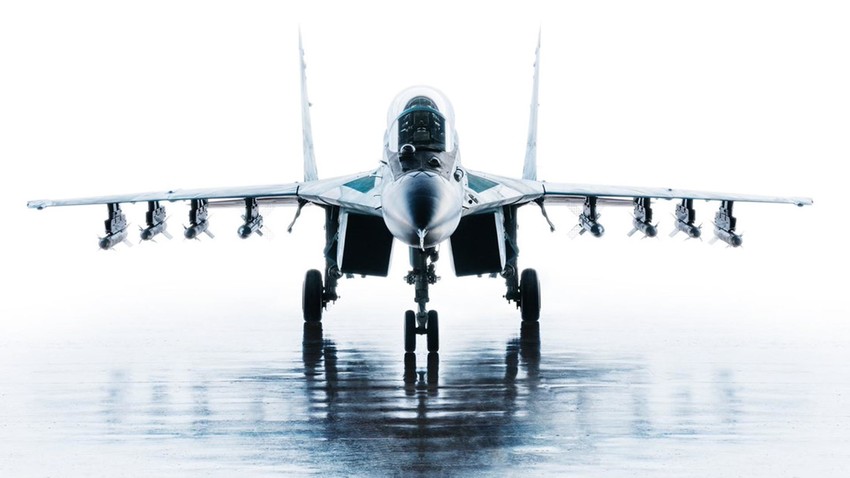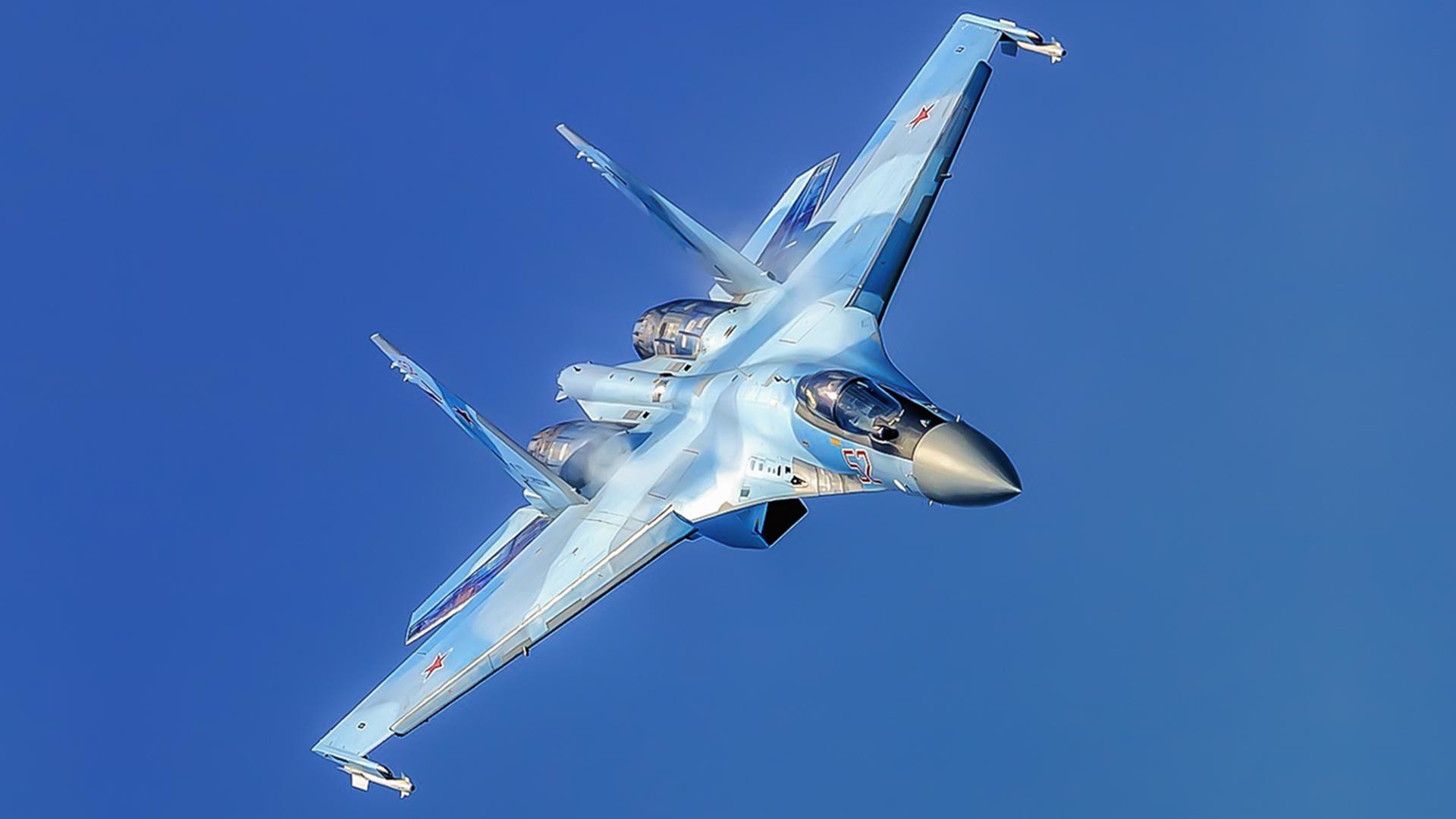Why has Russia merged Sukhoi and MiG corporations into one?

Russia has merged the country’s two main aviation companies Sukhoi and MiG into one massive holding. It’s to be called ‘Division of Battle Aviation’ of the United Aircraft Corporation (UAC).
Rumors about possible unification of the two companies have circled inside the country for quite some time, with it happening in March 2021.
Reasons for the merger

Decades of commercial competition between the companies ended up in Sukhoi CEO Igor Ozar’s dismissal. His post as the head of the company was given to MiG CEO Ilya Tarasenko.
“Sukhoi was commercially more effective compared to MiG, but surprisingly, their CEO was fired. Potentially, this is the result of internal rivalry among Russian elites,” says Dmitry Litovkin, editor-in-chief of the ‘Independent Military Review’ magazine.
Under Ozar’s leadership, Sukhoi signed and executed major contracts for the supply of front-line Su-34 bombers and Su-35 multi-role fighter jets. The company also finished the fifth-generation Su-57 fighter jet project and prepared it for serial production.
Ozar was head of Sukhoi since 2011 and, by 2017, the company had become the most profitable among Russian plane producers.
In 2018, the company’s revenues reached 114.5 bln rubles (approx. $1.5 bln), generating a net profit of 4.08 bln rubles (approx. $55 mln). In comparison, MIG’s revenues in 2018 were around 89.5 bln rubles (approx. $1.2 bln) and its net profit was about 3.5 bln rubles (approx. $50 mln).
“The consolidation of the main research and production capacities of the military aircraft industry will allow Russia to more effectively implement existing programs and develop promising projects,” stated the press service of the United Aircraft Corporation.
“Modern Russia simply does not need as many combat aircraft as it did in Soviet times. So one of the main reasons for unification is the necessity to decrease the country’s expenditures on military aviation and turning existing projects into commercially attractive ones for foreign markets,” adds Litovkin.
What’s Next

Despite all this, Russian experts don’t see any drastic changes coming to the country’s military aviation production industry.
“The new company will concentrate on finishing existing projects (such as the ‘Hunter’ drone, as well as the Su-57 and MiG-35 fighter jets and the PAK DA strategic bomber) and continue working on a new interceptor to replace the MiG-31 aircraft. The goal today is to increase revenues and propose to foreign customers the most attractive propositions on the military aviation market. They will focus on South-East Asian and on Latin American aviation markets,” says Viktor Murahovsky, editor-in-chief of the ‘Homeland Arsenal’ magazine.
As he notes, the first results of the work will be seen this July during the MAKS-2021 airshow.
“The company stated its plans to present Russia’s first ever electric airplane at the airshow. Let’s wait and see what’s coming.”
If using any of Russia Beyond's content, partly or in full, always provide an active hyperlink to the original material.
Subscribe
to our newsletter!
Get the week's best stories straight to your inbox